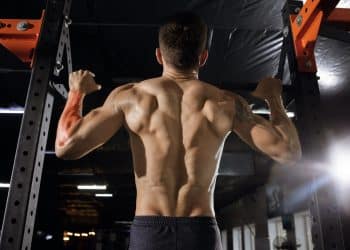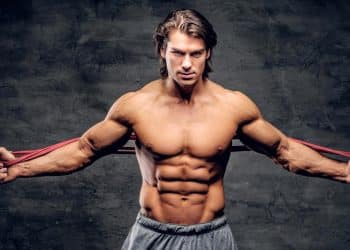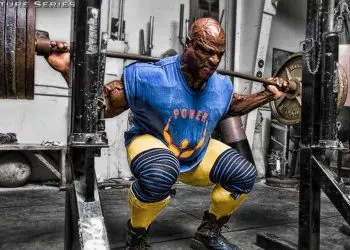Over the past few months we have discussed the various muscles that move our body through different planes, as well as how to train them specifically. There are many different muscle groups within the body, some assist the prime mover, while others undo the movement that a muscle has just completed. Often we mentioned that we must think of the body as one in terms of movement and functionality. For example, when we walk there are numerous muscle groups at work in order to properly complete this basic action. These include the muscles of the core musculature, back muscles, hip flexors/extensors quadriceps, calves and the muscles of the foot. They all have their place and they all must work together for us to effectively maintain a rigid torso, propel ourselves forward, and simultaneously maintain our balance. Without even one of these muscle groups our ability to walk would be seriously compromised.
The reason I chose walking as a basic yet complicated example is to illustrate that walking is a huge physical task. This relates to our training because when we train we tend to increase the difficulty of a simple movement. As such our body is forced to work much harder, and our risk of injury rises as well.
At FitnessVolt.com, the goal is to educate on many different topics within fitness as a whole so that you can take this knowledge and move further ahead in your own goals. My contribution in this vein is to help you in the areas of exercise technique, muscle recruitment, and injury prevention. Welcome to the first of many editions of Body Mechanics.
As the first edition of Body Mechanics should set the precedence for future articles, I present to you this weeks featured exercise – The Squat.
The squat can be called a structural exercise, as well as a closed kinetic chain exercise. Structural exercises load the spine directly, whereas closed kinetic chain exercises have the hands and feet in a fixed position, and also is a multi-joint exercise(compound). A multi-joint exercise recruits many different muscle groups to complete the exercise.
The squat works various muscles like the erector spinae, the core musculature, gluteus muscles, quadriceps, hamstrings and calves. When we perform the squat properly we are forced to maintain a rigid torso and a neutral neck, this alignment limits the amount of strain on the lower back. The same posture forces the core musculature to engage in an isometric contraction as well. When we flex at the hips and knees we’re working the hip flexors and quadriceps while engaging the calves. As we raise the weight back up and we extend the hip and knees the gluteal muscles, hamstrings and calf muscles begin to work.
Level Up Your Fitness: Join our 💪 strong community in Fitness Volt Newsletter. Get daily inspiration, expert-backed workouts, nutrition tips, the latest in strength sports, and the support you need to reach your goals. Subscribe for free!
The truth is if form is lacking then you’re limiting the benefits of the exercise. It doesn’t matter how heavy the weight is, your inhibiting your true potential. The basic exercise technique for the squat is as follows:
1. Start by placing a barbell loaded with an appropriate weight on a squat rack about arm-pit high.
2. Step under the barbell and load it onto the posterior deltoids, and base of neck, place your feet approximately shoulder width apart.
3. Grasp the bar approximately the same distance as your feet width in a pronated grip. Lift the elbows, they should be pointing straight down, think of the shape of the letter W. Chest should be up and out, shoulders back, neutral neck and ears in line with your shoulders.
4. Extend at the hip and knees simultaneously to lift the bar off , then take a couple of steps back and then reposition feet as above.
5. Initiate the movement by flexing at the hips and knees. Maintain a rigid torso and continue to bend at the knees until your upper leg is perpendicular to the floor.
6. Once you have reached the limit in the lowering phase ,extend the knees to lift the weight. Ensure that you are pushing through the heels of your feet. The repetition ends when the legs and torso are fully extended, but not forcibly.
When an exercise is done correctly ,and with an appropriate weight there is little risk of injury. The most common mistake I see in the gym is the tendency to load the rack with too much weight. When people do this they can’t complete a full range of motion. Not only are you inhibiting your potential, you’re putting yourself at risk for injury. Lift to your strength and not your ego.
The squat is most definitely an advanced exercise and should be taught slowly to minimize the risk of injury. Our own body weight is ideal to help teach the fundamentals to a beginner. When watching someone do body weight squats we can assess the individual to see where muscle imbalances may be present, and as such we can prescribe other exercise to correct these imbalances. A baseline is always important to establish as the goal is to get better with every set, rep and breath. That is always the goal, see you next week.
Happy Lifting!





